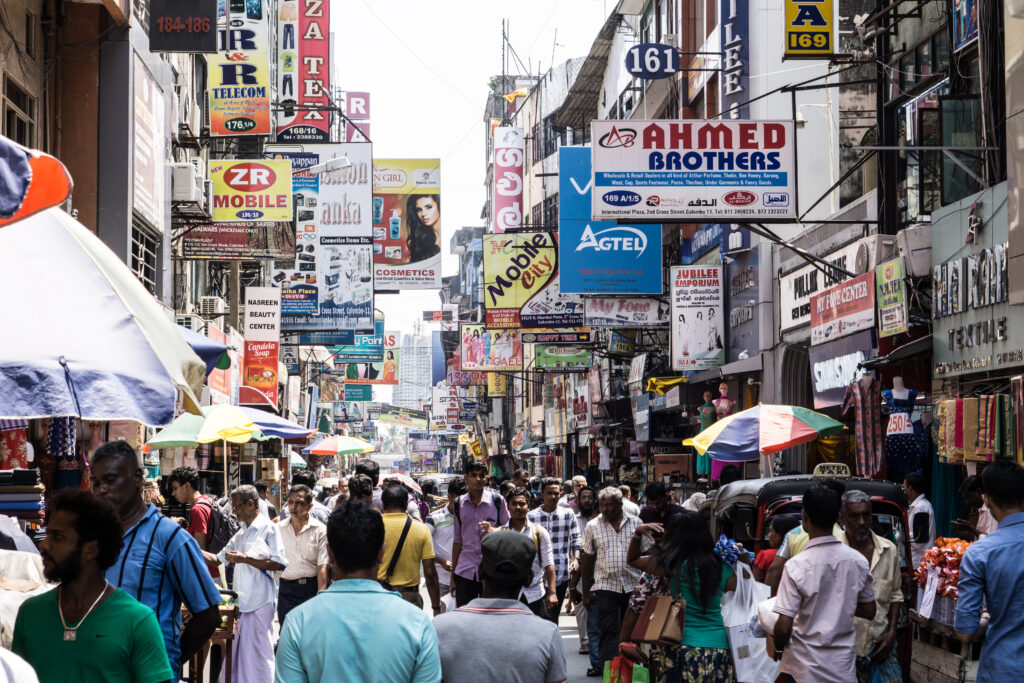Imports Resume, but Many Await Private Car Access
Sri Lanka plans to ease its vehicle import ban, signaling recovery after an economic crisis that ousted its president. Starting 1 February, imports of trucks, buses, and utility vehicles will be allowed. Restrictions on other vehicles, including private cars, SUVs, and trishaws (commonly used as taxis), may lift gradually.
Despite the easing, many Sri Lankans wonder who can afford new cars. Vehicle prices have surged due to high taxes, a weak currency, and limited availability.
In 2022, Sri Lanka’s foreign currency reserves dwindled, leading to its first-ever debt default. This triggered shortages of essential goods and widespread protests, ultimately forcing President Gotabaya Rajapaksa to resign. His successor secured a $2.9 billion IMF bailout and implemented tough reforms, including tax hikes and cutting energy subsidies.
Since then, the economy has stabilized, and citizens are eager for better vehicle access. Murtaza Jafeerjee, chair of Advocata, believes lifting the ban will benefit the economy. “Vehicle imports will increase government revenue and stimulate car financing, servicing, and other job-creating activities,” he said.
However, Information Minister Nalinda Jayatissa warned against excessive imports that could harm foreign reserves. “We are moving cautiously,” he explained at a recent media briefing.
Rising Prices, Job Losses, and Hope for Recovery
The ban’s impact has been severe, with most vehicles in Sri Lanka imported from Japan, India, and increasingly, China. Prices for used cars have doubled or tripled. People like Gayan Indika, a wedding vehicle provider and part-time cab driver, have struggled to maintain their livelihoods. “I need a new car to resume my cab rental business. Without mobility, I am losing significant income,” he shared.
Many Sri Lankans see cars as essential due to unreliable public transport. “Without a proper transport system, a car is necessary for travel,” said Sasikumar, a software professional from Kandy. He urged the government to either lift the ban or improve public transport.
Before the ban, Sri Lanka imported around $1.4 billion worth of vehicles annually. This year, the central bank plans to allocate up to $1 billion for imports but will release the funds gradually.
Arosha Rodrigo, whose family has run a car dealership for decades, noted the difficulties importers face. His business once imported 100 vehicles a month but has been unable to import any since the ban. Even if the restrictions ease, affordability remains a major concern.
Excise duties on vehicles now range from 200% to 300%, depending on engine size. Additionally, imported vehicles face an 18% Value Added Tax (VAT). The weak Sri Lankan rupee has further inflated prices.
For citizens like school teacher R. Yasodha, these costs are overwhelming. “We’ve waited a long time to buy a car, but with taxes and currency depreciation, the price of an average car has doubled from 2.5 million to 5 million rupees,” she said. “It’s unaffordable for us.”


